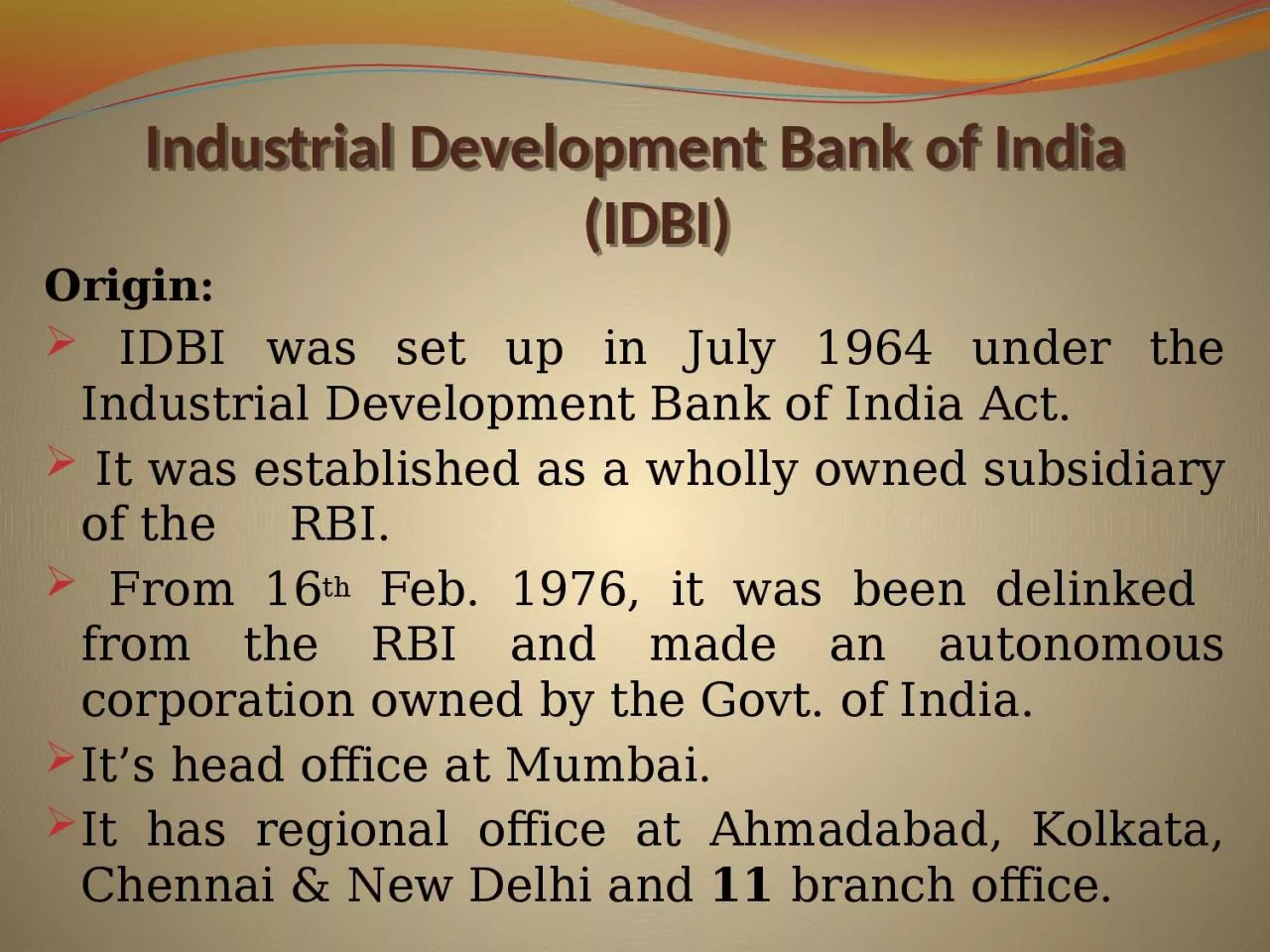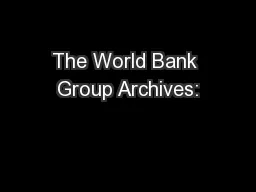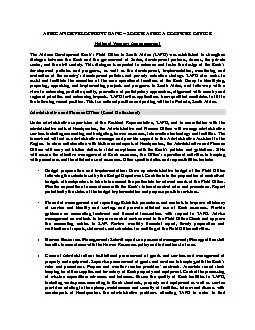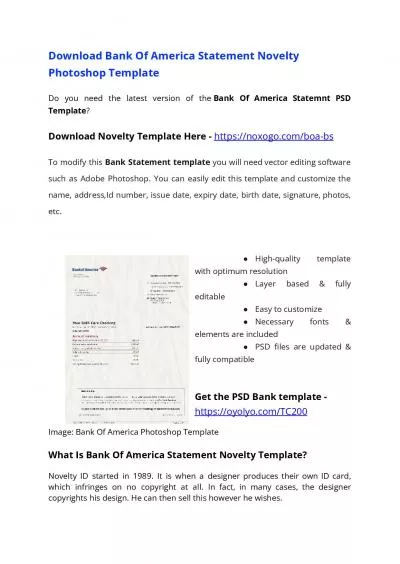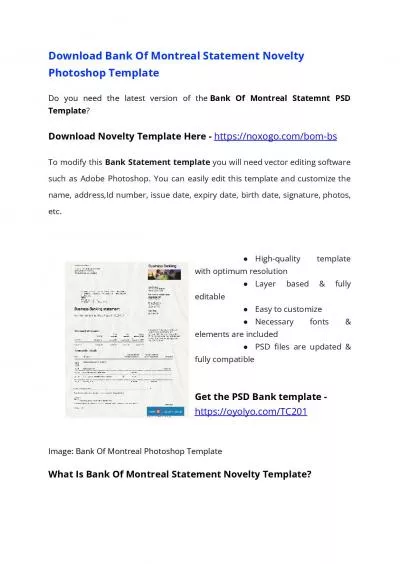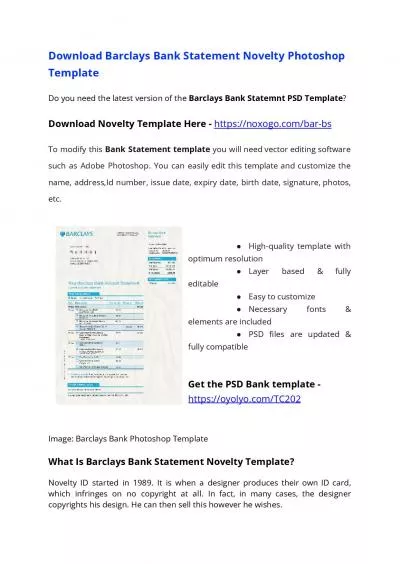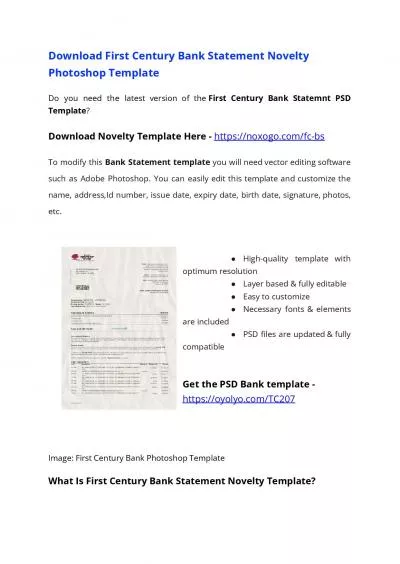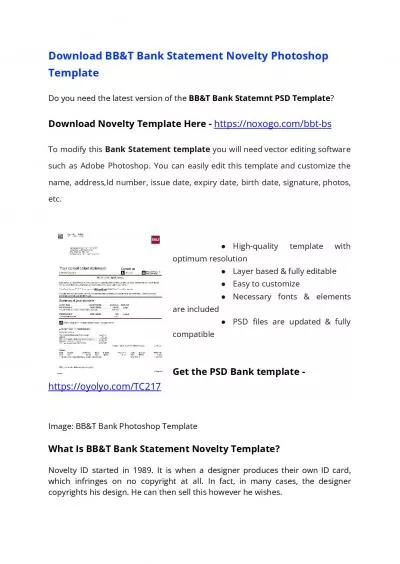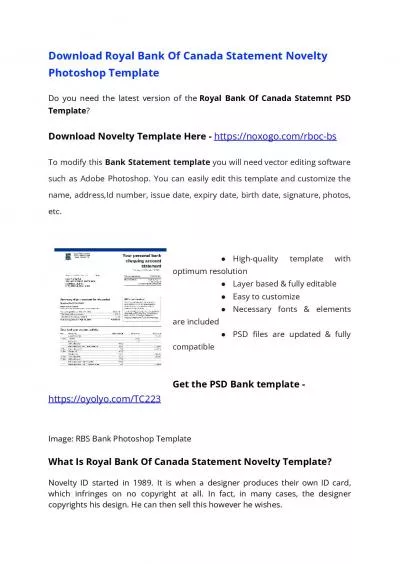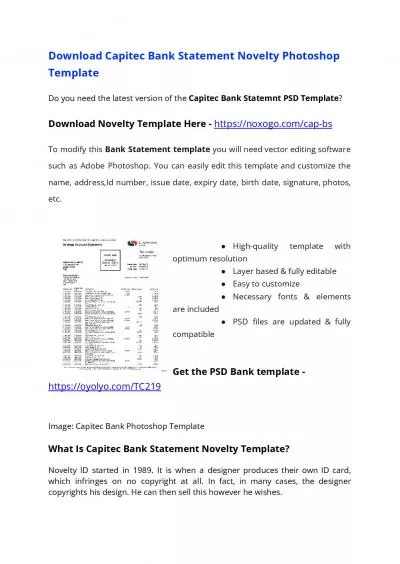PPT-Industrial Development Bank of India
Author : mia | Published Date : 2023-11-07
IDBI Origin IDBI was set up in July 1964 under the Industrial Development Bank of India Act It was established as a wholly owned subsidiary of the RBI From 16 th
Presentation Embed Code
Download Presentation
Download Presentation The PPT/PDF document "Industrial Development Bank of India" is the property of its rightful owner. Permission is granted to download and print the materials on this website for personal, non-commercial use only, and to display it on your personal computer provided you do not modify the materials and that you retain all copyright notices contained in the materials. By downloading content from our website, you accept the terms of this agreement.
Industrial Development Bank of India: Transcript
Download Rules Of Document
"Industrial Development Bank of India"The content belongs to its owner. You may download and print it for personal use, without modification, and keep all copyright notices. By downloading, you agree to these terms.
Related Documents

